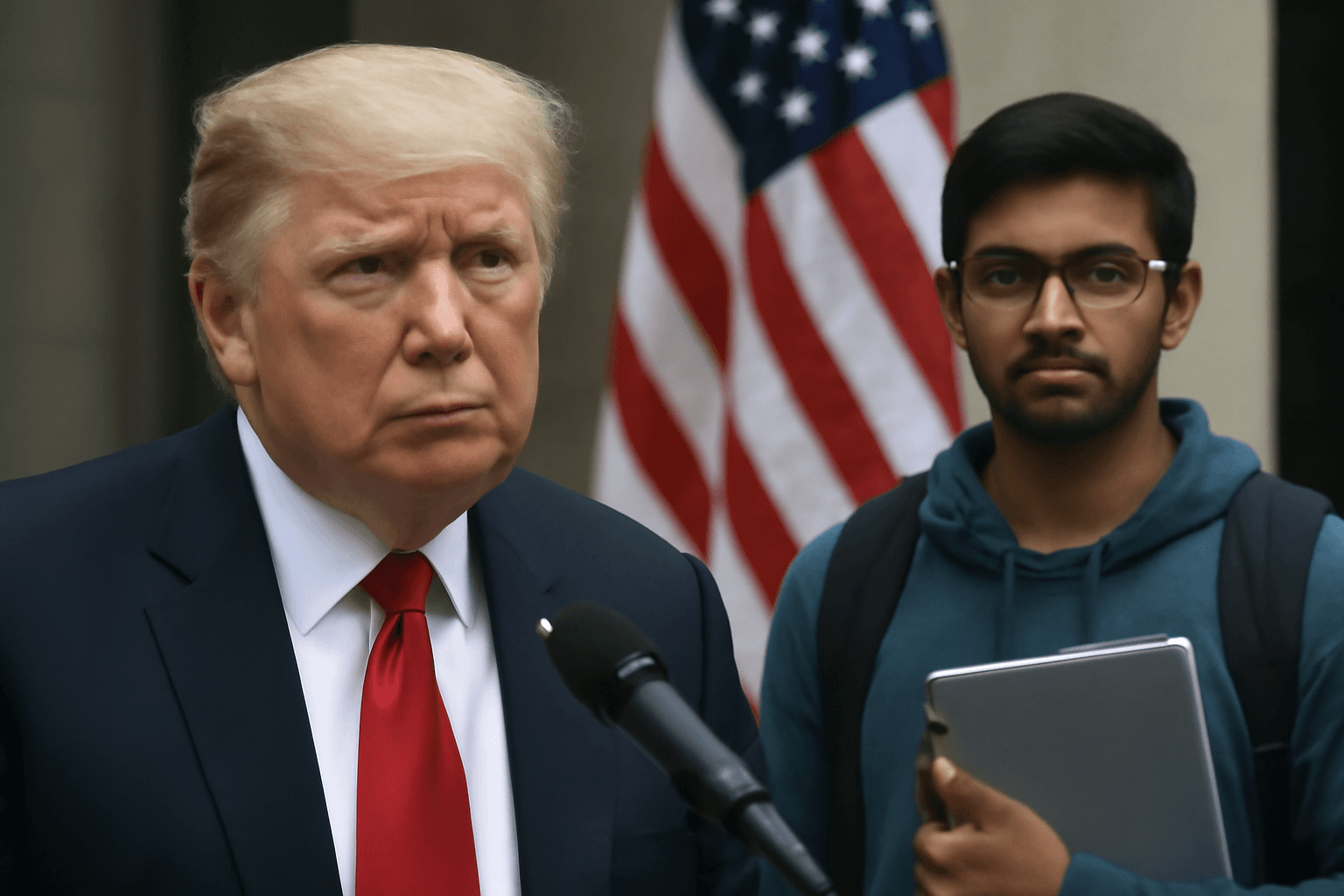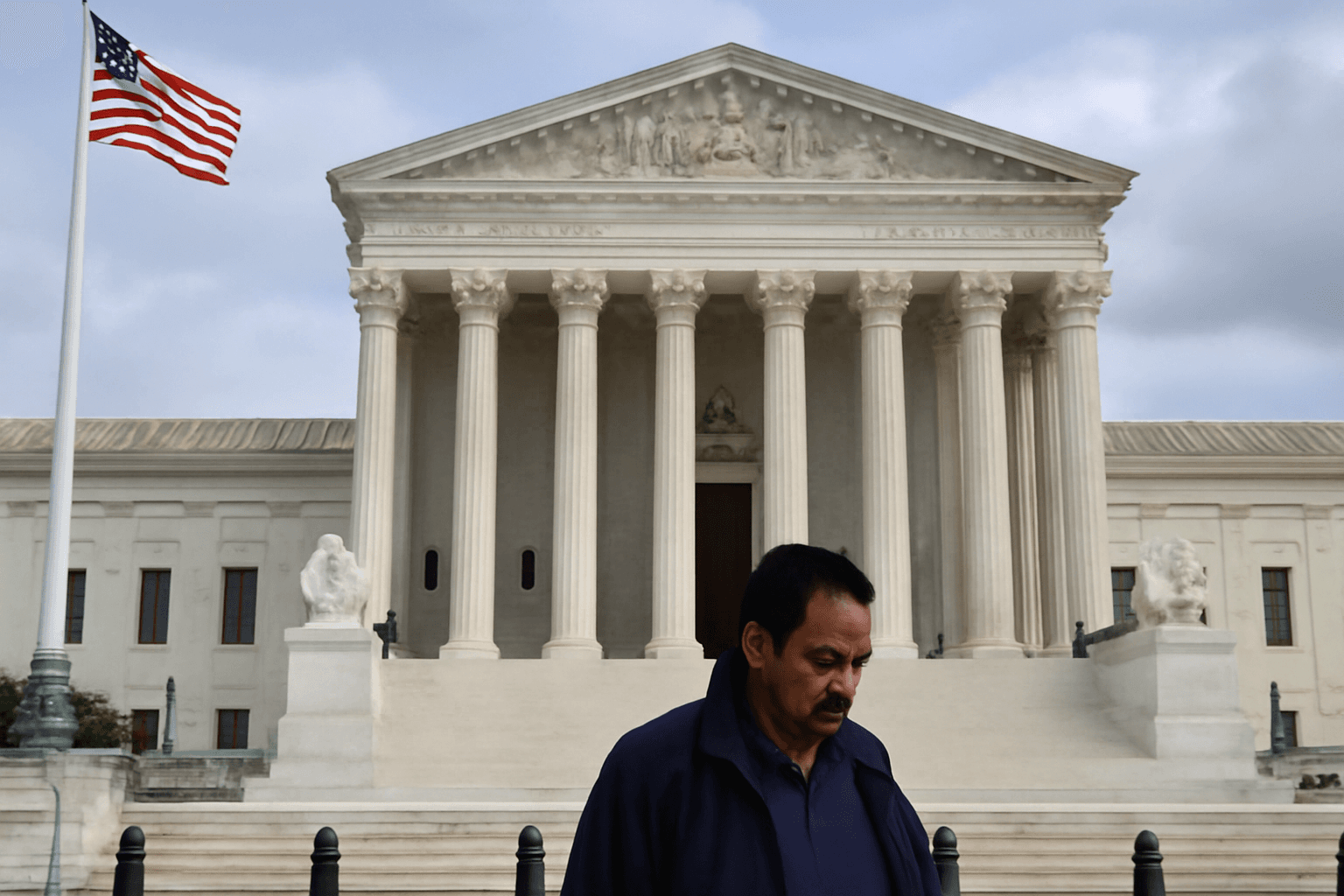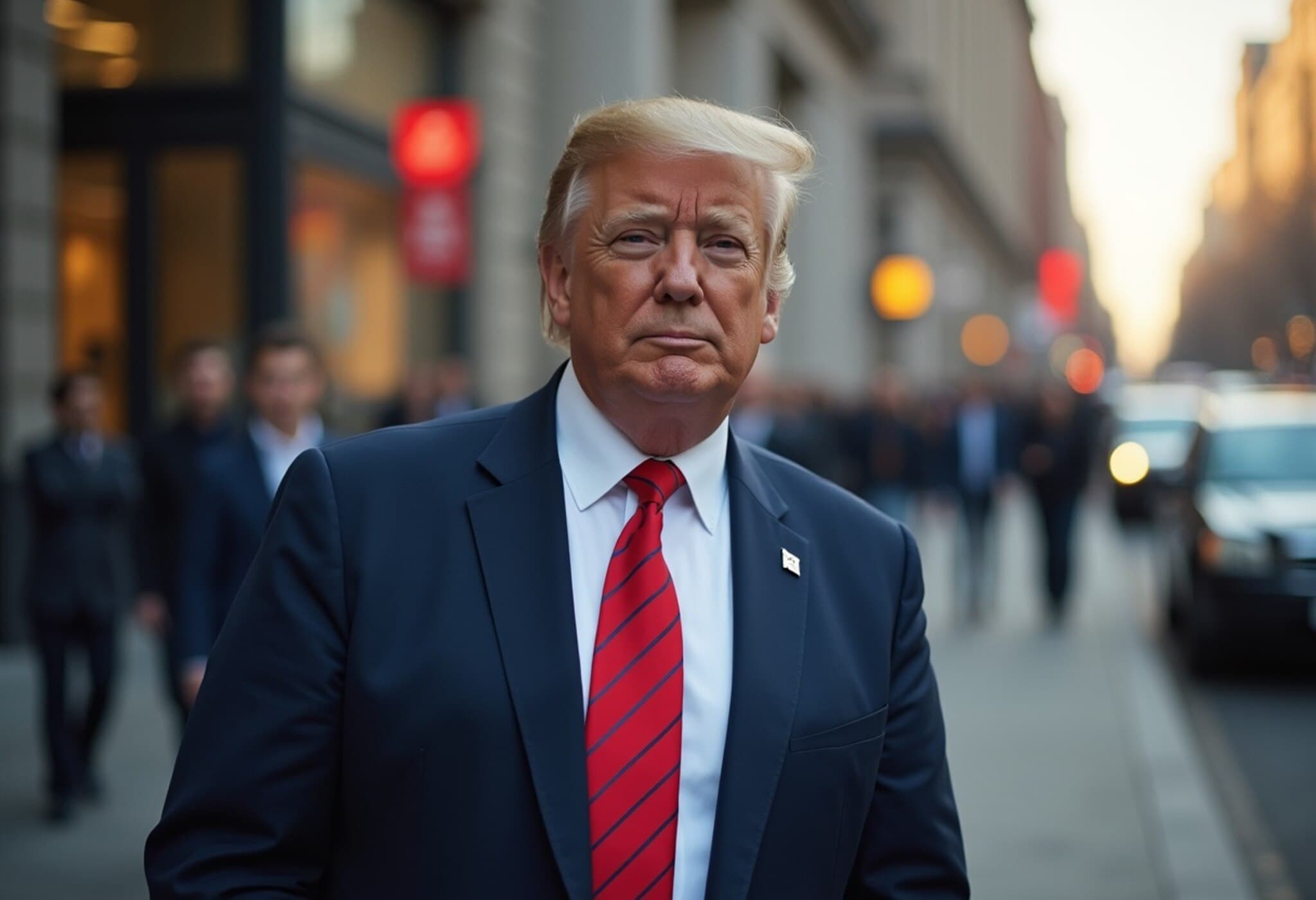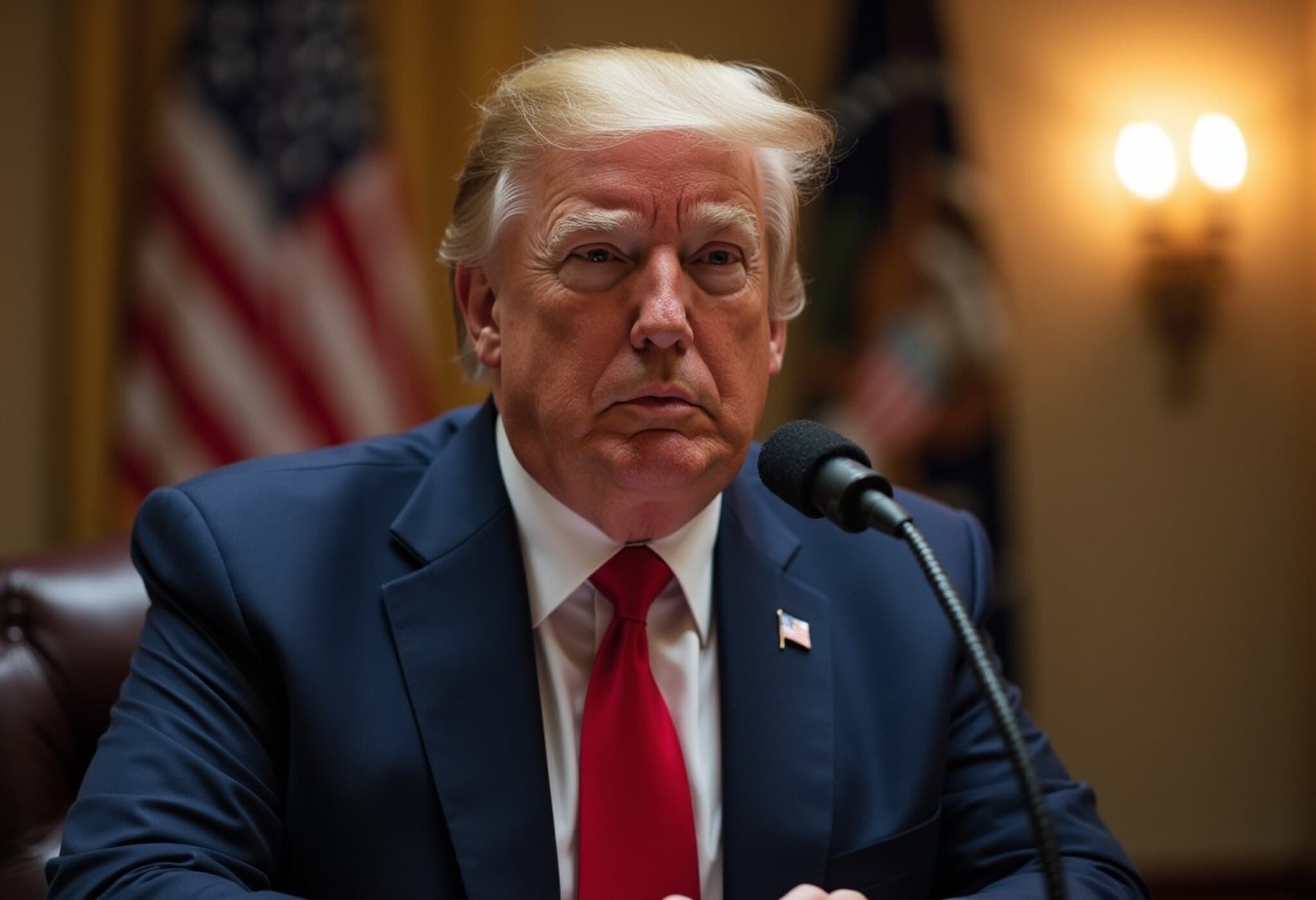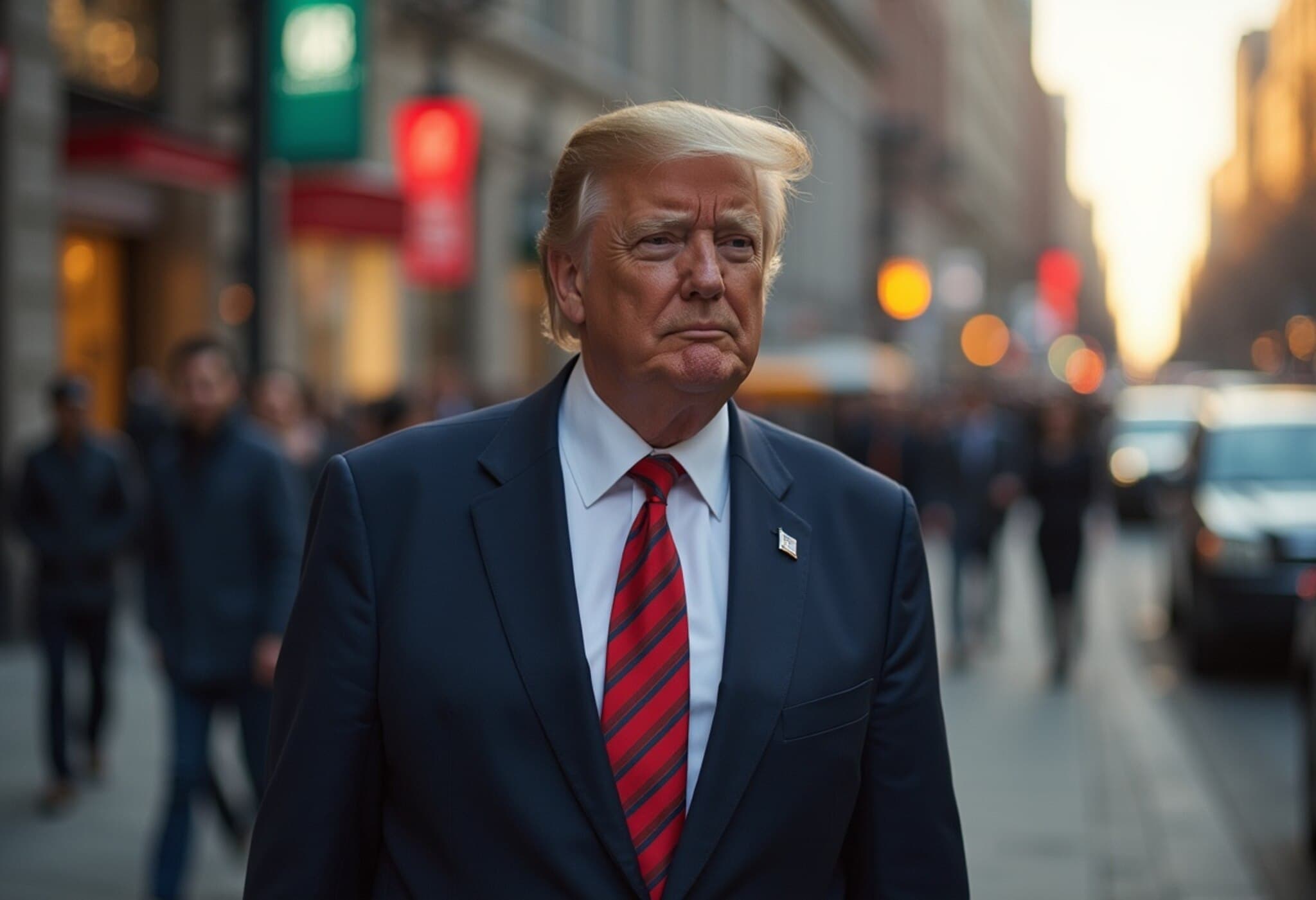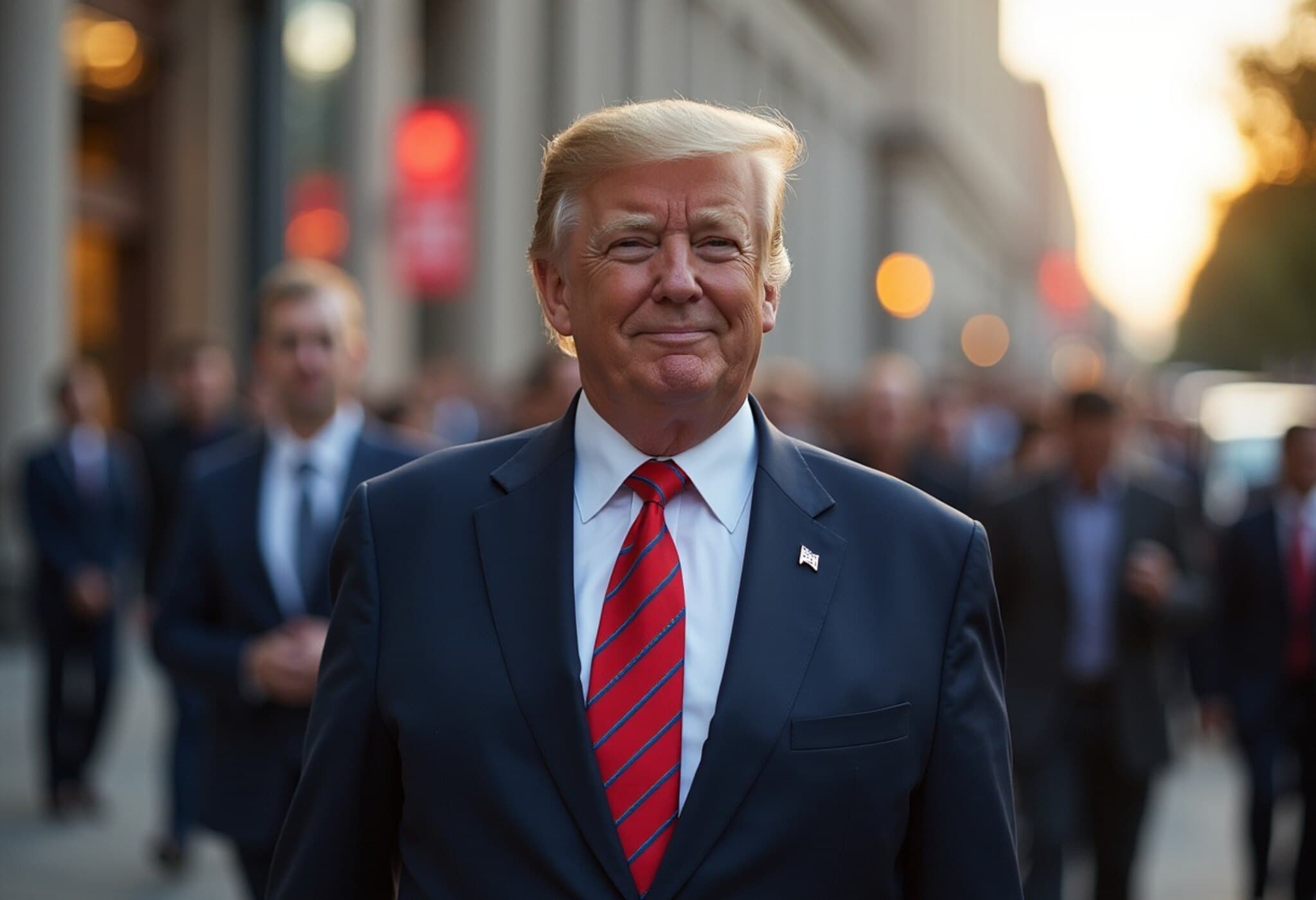Shifting Tides: Why More Indians Are Choosing the US EB-5 Investment Visa
In the face of increasingly stringent restrictions on student and H-1B visas introduced during the Trump administration, a noticeable surge has emerged among Indian nationals pursuing an alternative green card route: the US investment visa, specifically the EB-5 program.
This pivot reflects a broader trend in global migration patterns, where traditional work-based pathways have slowed, prompting skilled immigrants to explore options anchored in economic investment.
The EB-5 Visa: Investment for Residency
The EB-5 visa program, enacted by the US Congress in 1992, offers foreign investors and their immediate family a green card in exchange for investing a minimum of $800,000 into projects that generate at least ten full-time jobs within the American economy.
This visa provides a more secure and predictable route compared to the backlogged H-1B and student visa channels, which have faced tighter scrutiny and caps since 2017.
Record-Breaking Indian Interest Amidst Backlogs
According to data shared by the American Immigrant Investor Alliance (AIIA) and corroborated by the United States Immigration Fund (USIF), Indian filings for EB-5 investor petitions have skyrocketed. Nicholas Mastroianni III, USIF's president and CMO, highlights that over 1,200 I-526E petitions were filed by Indians in just the first four months of fiscal year 2025 (October 2024 to January 2025) — exceeding any previously recorded annual total.
Similarly, data from Invest in the USA (IIUSA) reveal an increase from 815 EB-5 visas granted in FY2023 to 1,428 in FY2024 for Indian applicants, demonstrating a clear upward trajectory from historical averages below 200 per year before 2017.
Why the Sudden Appeal?
- Backlog in Traditional Visa Categories: With over 11 million pending immigration applications nationwide, Indian applicants face uncertainty and extensive delays through traditional visa programs.
- Secure Path to Green Card: The EB-5 program is viewed as a faster, more assured route to lawful permanent residency.
- Work and Travel Benefits for Current US Residents: Those already on student or H-1B visas who apply for EB-5 gain automatic work permits and travel authorization within 3 to 6 months after petition filing, allowing continued employment and mobility.
- Improved Program Integrity: Reforms implemented in 2022 tightened oversight and increased trust in the legitimacy of funds, attracting high-net-worth Indian investors.
The Impending 'Gold Card' Visa and Future Prospects
Adding complexity to the landscape, a new $5 million 'Gold Card' residency program was announced by former President Donald Trump in February 2025, promising an alternative investment-based green card with potentially higher thresholds. Although it has yet to be formalized or launched, preliminary interest is high, reflecting growing enthusiasm for investment visas as a strategic immigration tool.
Experts caution that prospective applicants should carefully weigh the evolving policies, including potential legislative reforms and processing times, before committing significant capital.
Expert Insight: Navigating the Changing US Immigration Environment
Sukanya Raman, country head at immigration law firm Davies & Associates, LLC, notes, "Indian students and H-1B visa holders constitute the majority seeking sustainable legal pathways to remain and work in the US. The EB-5 route not only offers these individuals a more certain green card path but also grants interim employment and travel authorizations, alleviating anxieties tied to visa renewals."
From an economic perspective, the influx of Indian capital through EB-5 investments helps stimulate job creation in the US, underlining a mutually beneficial dimension of this immigration shift. Yet, debates continue regarding access equity and the ethical implications of an investment-for-residency model.
Conclusion
The increasing reliance of Indian nationals on the US EB-5 investment visa underscores a broader recalibration of global immigration pathways in response to policy tightening. As demand surges, stakeholders—from applicants to policymakers—must navigate a complex interplay of regulatory reform, economic opportunity, and the dream of American permanent residency.
Editor's Note
While the EB-5 program currently presents a compelling alternative, prospective immigrants should remain vigilant about ongoing legislative changes and economic risks. The conversation also raises fundamental questions about how immigration policies balance national interests with global aspirations. For Indian nationals, this shift highlights the enduring allure of the US as a land of opportunity—even as the routes grow more complex.


